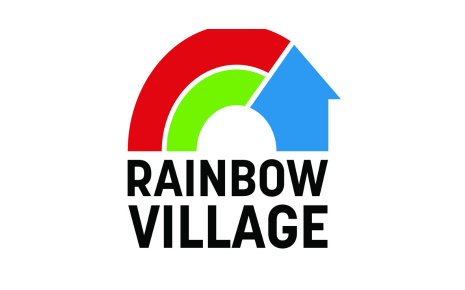ROI and Grant Proposals Tips for Nonprofits
Grant proposals typically involve some type of ROI proof, but I often find that nonprofit executives struggle with this step in the grant-writing process. Determining ROI does not always come naturally, though the term itself is overused. Everyone from hotel chains to health insurance is proving ROI these days to try to get your business. Unlike the for-profit world, though, typical metrics such as market share, return on equity, profit margin, and number of units sold don't translate easily to nonprofits.
We see this as a good thing.
It allows you the advantage of being able to define your ROI metrics within your own mission. Here are a few tips for framing your ROI discussion in grant proposals and your fundraising in general:
Conventional wisdom on emotional motivations
‘Giving is an emotional act.’ This conventional wisdom is still prevalent in the nonprofit industry. However, when writing a grant, emotional involvement is much more difficult to document. I would propose that the 'sweet spot' for investments is actually with a combined emotional and rational appeal. In writing a successful grant, showing credible ROI will help you successfully prove the rational side, and you can use your language and tone to convey the emotion within your impact and outcomes.
Define ROI on your own terms
Grant proposals often have a built-in evaluation component to ensure the money will be well-spent. As discussed in my book ROI for Nonprofits: The New Key to Sustainability, these can be complex and composed mainly of industry jargon. A few examples I have seen include:
- Assumed the role of catalyst for pursuing regional responses
- Served as a neutral party in fostering collaborative partnerships.
Now, what do either of these phrases mean? And, more importantly, what was accomplished by achieving them?
I call these soft versions of ROI. A more definable ROI is needed for a grant proposal and beneficial for your overall fundraising. This is where you should use your nonprofit's terms and mission to drive your metrics.
The most promising areas for ROI include your organizational impact, societal costs avoided, special/shared services, societal outcomes enhanced, or future projections. These all show what we call Investable OutcomesTM, or quantifiable impacts on primary customers' lives. The 'investable' portion of this phrase implies that you are choosing values that have an acceptable return and at which you have a reasonable chance of succeeding.
Developing your Investable Outcomes
The first step in developing your outcomes is to be sure you're answering WIIFM (What's In It For Me) from the perspective of your investor. You also need to ensure that you're showing actual outcomes, not just activity or outputs.
Which of these would you say are actually investable outcomes?
- We served 100 meals last year.
- 10,000 people visited our museum.
- We built 10 houses.
- We vaccinated 500 children.
- 1,000 jobs were created.
- Our material influenced 100,000 people.
Sorry to say... none of them! They show efficiency for certain, but not ROI-driven outcomes. These are all soft returns at best. Here's an example of a nonprofit we helped take to the next level of ROI through investable outcomes:
As you can see, proving ROI using investable outcomes demonstrates that your impact has value to the grant investor you're targeting. But this is only the start. At Convergent, we recommend continuing this same message in your collateral material, annual reports, investor relations, and major 'asks.' Contact us if you'd like help in determining your investable outcomes or achieving sustainability through capital campaign fundraising.







